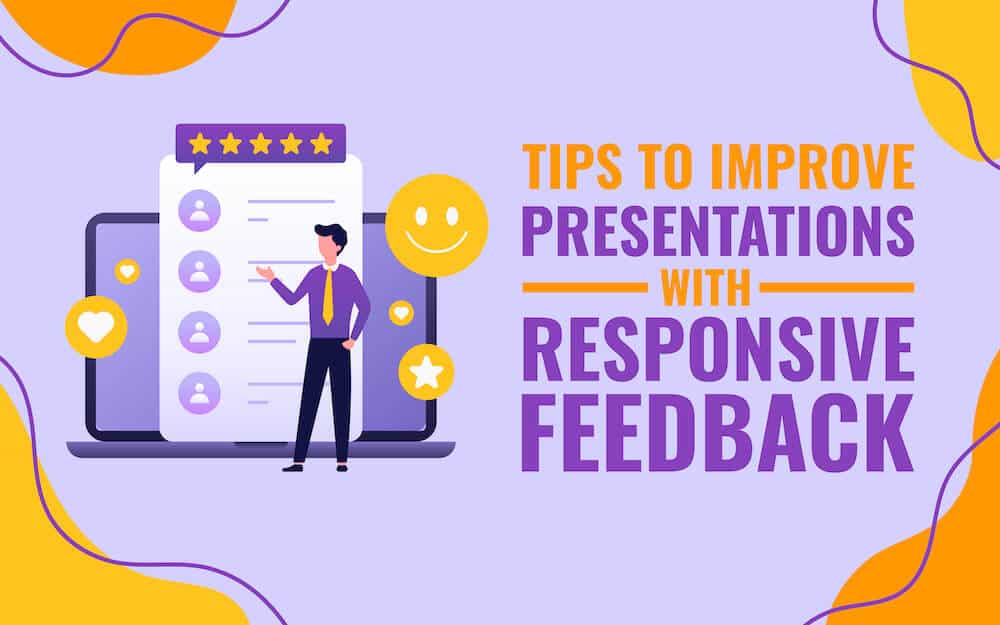
Have you recently been asked to take part in a panel discussion? Being part of a panel is a great way to share your expertise and position yourself as a leader in your industry.
But being a panelist isn’t as easy as it looks – not if you want to be great at it. Sure, it’s a bit more informal. And this is where so many speakers get it wrong. They assume because it’s so informal they can just show up and wing it and they will come off smelling like a rose.
Wrong.
Being part of a panel discussion is a bit of an art form. There’s a fine balance you must always keep, and that is being part of the group while at the same time standing out as an individual.
Most speakers have been trained on how to deliver a keynote to a large group. Yet the majority are far more likely to sit on a panel at a conference or industry event than to give a solo presentation.
With this in mind, here are some guidelines you can follow to become a great panel speaker.
Be Prepared
By far the biggest mistake panel speakers make is to show up unprepared or underprepared. Because it’s not a keynote presentation, many speakers feel since they aren’t responsible for the entire presentation, they can take a laidback approach to preparation.
If you want to be a great and memorable panel speaker, then you’ve got to prepare like you’re giving a keynote presentation. Think through the points you’d like to cover. Understand who will be in the audience and what they hope to learn. Think of stories you can share and creative ways you can engage the listeners.
Winging it is unacceptable – so prepare.
Research the Other Panelists
Great and memorable panel speakers don’t just talk to the audience, they talk with the other panelists. This will be a lot easier for you if you actually know something about your fellow panelists.
Once you learn who you will be sharing the panel with, read their LinkedIn bios to learn about their background. If the moderator hasn’t already scheduled a prep call, organize one yourself, so you can all become familiar and comfortable with each other and the topics you’d like to discuss.
Ask to be Second in Line
Some panel discussions are really Q&A format. But many offer each panelist an allotted amount of time to speak. If this is the case and you have the opportunity to request your position in the lineup, jump at it and request second seat. This allows you to be heard by stragglers, but you can avoid distractions by those audience members leaving early for lunch.
Hook the Audience ASAP
You want to engage the audience as quickly as possible. Open with a joke, a short story, and attention-grabbing visual, or a really interesting fact. Once you get their attention, work hard to keep it.
Have Energy and Be Engaged
Admit it, you’ve seen plenty of panelists who yawn, zone out, check their cellphones while others are speaking. This is not only rude but incredibly distracting.
Your posture should be energetic and engaged (this means sit up straight!) even when others are speaking. Make eye contact not only with the audience but with the other panelists. Project your voice, smile, enunciate, and have FUN!
Mind Your Time
Don’t be one of those time hogs who rambles on and on. Be conscious of the time you’re taking. If it’s a Q&A session, do your best to make your point quickly. And, if you seem to be getting all of the questions, consider lobbing a question to one of your fellow panelists.
Involve the Audience
A panel presentation is really a lively discussion between panelists. If you don’t want your audience to glaze over from boredom, get them involved in that discussion. Ask questions that require a show of hands. Challenge the audience with solving a problem – this will get them thinking and engaged. By involving the audience, even in small ways, they have more of an active role and you become more memorable. Win/win.
Dress for Success
Being part of a panel means being seen as an expert or leader in your industry. Your audience will expect that you dress the part. Now, this doesn’t mean you have to wear a business suit if you’ve been told it’s a more casual affair. But casual should mean dress slacks and shirt, not shorts and flip-flops.
Pay Attention and Stay on Your Toes
When you give a keynote speech, you can pretty much guess how it’s going to go. It’s just you up there speaking, and you are in full control.
When you are part of a panel, you do not have total control. While this can seem scary, it’s actually fantastic, because it means there can be numerous opportunities for you to grab the spotlight and showcase your knowledge and even sense of humor. But in order to do this you’ve got to pay attention to what’s going on around you and stay on your toes, so you can strike when an opportunity presents itself.
If you follow these guidelines, you can become a great panelist and receive many invitations to join discussions within your industry.



